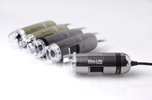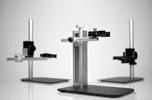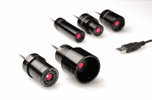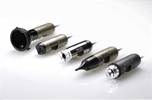Dino-Lite in agriculture, horticulture
and floriculture business
Every agricultural, horticultural or floriculture production company aims to improve plant growth and aims to make the growing process as efficient as possible. There are many challenges to improve quality, nutritional value and the yield of the crop. One of the challenges is to avoid pests to harm plant growth and destroy the crop. Infestations can cause premature leaf fall, bud damage and death of entire plants, with great economic damage as an effect.

The number of small insects that can be found on plants, flowers, fruit or vegetables is countless. The mite for example (over 48.000 species of mites have been described) is a feared insect for cultivation companies, they multiply rapidly and cannot or hardly be observed by the naked eye. The gall mite for example can cause serious infestation to plants such as tomato plants, thousands of gall mites can live on each leaf and they are often overlooked because of their small size (less than 0,1 mm).
Often pesticides are used to prevent pests from spreading, spraying the entire crop or greenhouse does not make any sense is expensive and often harmful for the environment. So localized spraying is needed, for this it is essential that mites, lice, parasites, spores or other pests are detected and localized. This is exactly where the Dino-Lite digital microscope comes in place, Dino-Lites are used in every agricultural, horticultural or floriculture production worldwide and are a great instrument to localize pests, to diminish the usage of pesticides, to grow crops more effectively and to keep them healthy.
See the general introduction videos for more information:
Bromeliads / Mealy bugs
Products Used
AM4115T-AGRI

- 1.3 Megapixel resolution
- Versatility due to exchangeable caps
- 20-220x Magnification
- With magnification lock
WF-10 AGRI
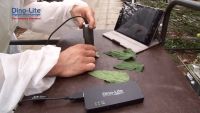
- Dino-Lite WiFi Streamer
- Capture Images & Video
- Broadcast up to 15m (50ft)
- Wireless Microscope Solution
Read More
AM4115T-GFBW AGRI

- 1.3 Megapixel resolution
- 480nm excitation and 510nm emission filter
- 20-220x Magnification
- To observe GFP, FITC
 English
English  Français (French)
Français (French)  Deutsch (German)
Deutsch (German)  Español (Spanish)
Español (Spanish)  Nederlands (Dutch)
Nederlands (Dutch)  Italiano (Italian)
Italiano (Italian)  Dansk/Norsk
Dansk/Norsk  Svenska (Swedish)
Svenska (Swedish)  Polski (Polish)
Polski (Polish)  Čeština (Czech)
Čeština (Czech)  Türkçe (Turkish)
Türkçe (Turkish)  Русский (Russian)
Русский (Russian)  Arabic (اللغة العربية)
Arabic (اللغة العربية) 

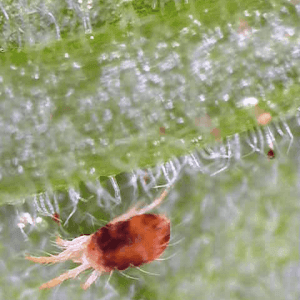


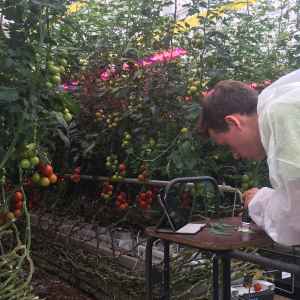
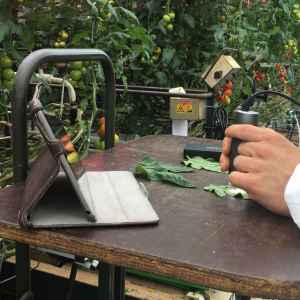

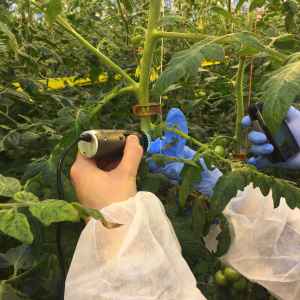
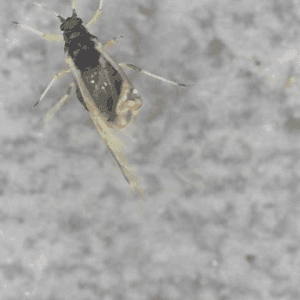
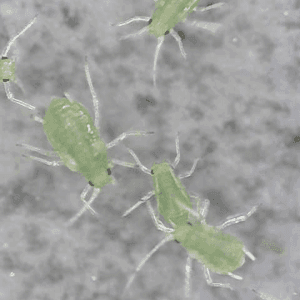
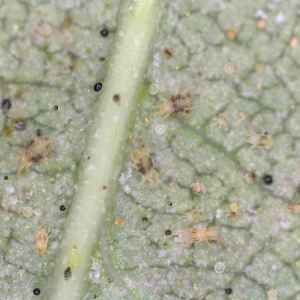

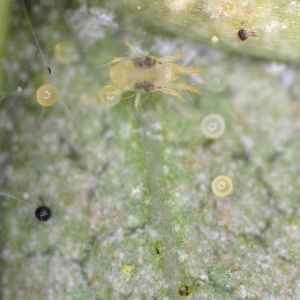
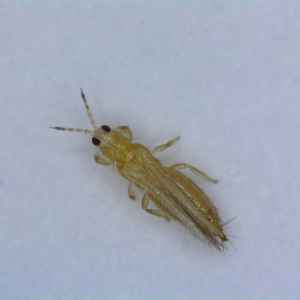
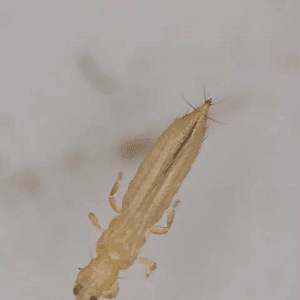
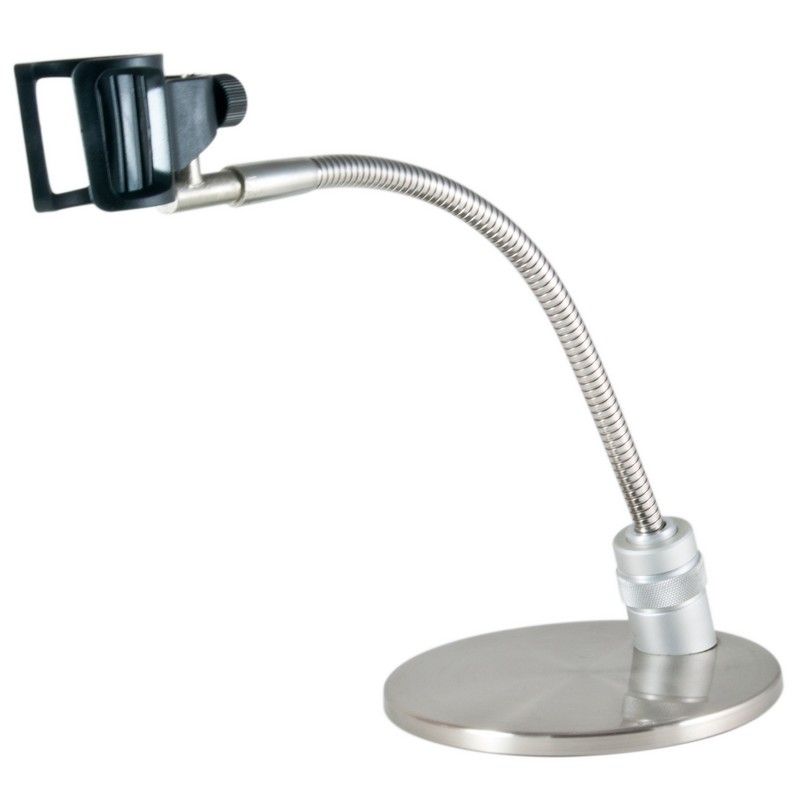 Round metal base with flexible arm and holder for the Dino-Lite. The MS33W has the possiblility to vary the height (appr. 15 mm) with a turning knob in the base.
Round metal base with flexible arm and holder for the Dino-Lite. The MS33W has the possiblility to vary the height (appr. 15 mm) with a turning knob in the base.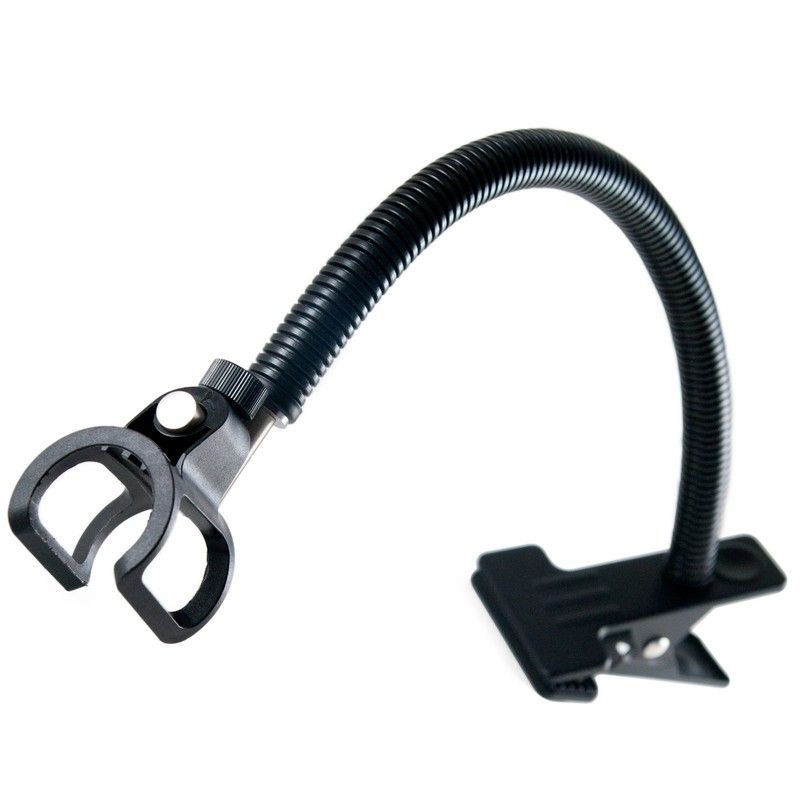 The MS23B is a desktop clamp with flexible gooseneck that can be clamped to a desktop or any other surface of up to 3cm thick.
The MS23B is a desktop clamp with flexible gooseneck that can be clamped to a desktop or any other surface of up to 3cm thick.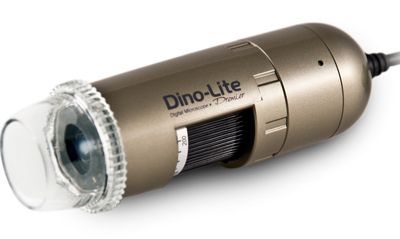 By using a special polarization filter, the AM4113ZT is the right choice when working with high glare materials such as plastics and metals.
By using a special polarization filter, the AM4113ZT is the right choice when working with high glare materials such as plastics and metals.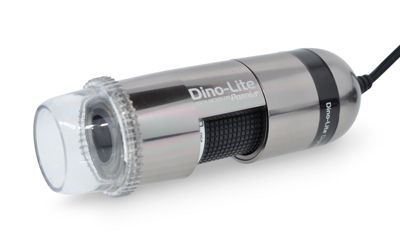 The Dino-Lite AM7013MZT has a 5 megapixel sensor for crystal clear images, even under higher magnification. The built-in adjustable polarizer reduces glare and reflection on shiny objects.
The Dino-Lite AM7013MZT has a 5 megapixel sensor for crystal clear images, even under higher magnification. The built-in adjustable polarizer reduces glare and reflection on shiny objects.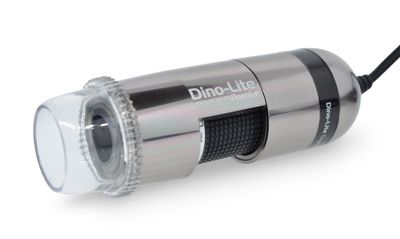 By using a special polarization filter, the AM4013MZTL is the right choice when working with high glare materials such as plastics and metals. This model features an aluminum alloy housing for enhanced protection and durability and the best look and feel.
By using a special polarization filter, the AM4013MZTL is the right choice when working with high glare materials such as plastics and metals. This model features an aluminum alloy housing for enhanced protection and durability and the best look and feel.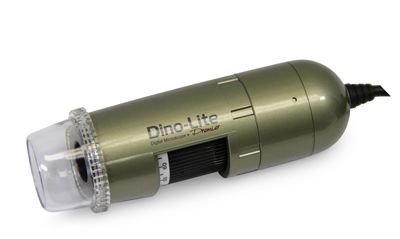 By using a special polarization filter, the AM4113ZTL is the right choice when working with high glare materials such as plastics and metals.
By using a special polarization filter, the AM4113ZTL is the right choice when working with high glare materials such as plastics and metals.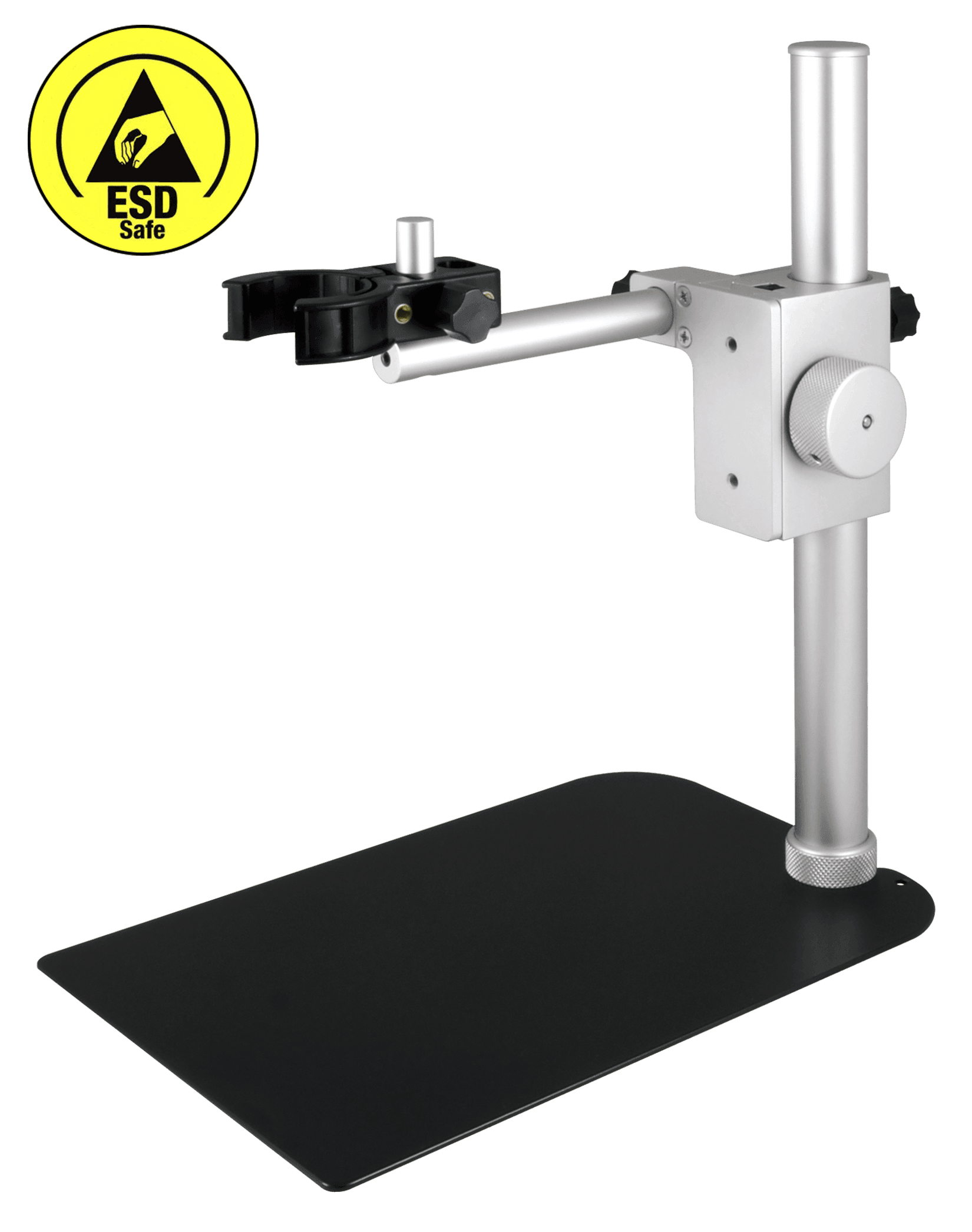 The Dino-Lite RK-06-AE stand is a sturdy and stable mid-range stand solution that can be used with all Dino-Lite digital microscopes. It is constructed of stainless steel and lightweight aluminum and offers precise fine-focus adjustment as well as a quick vertical release function.
The Dino-Lite RK-06-AE stand is a sturdy and stable mid-range stand solution that can be used with all Dino-Lite digital microscopes. It is constructed of stainless steel and lightweight aluminum and offers precise fine-focus adjustment as well as a quick vertical release function.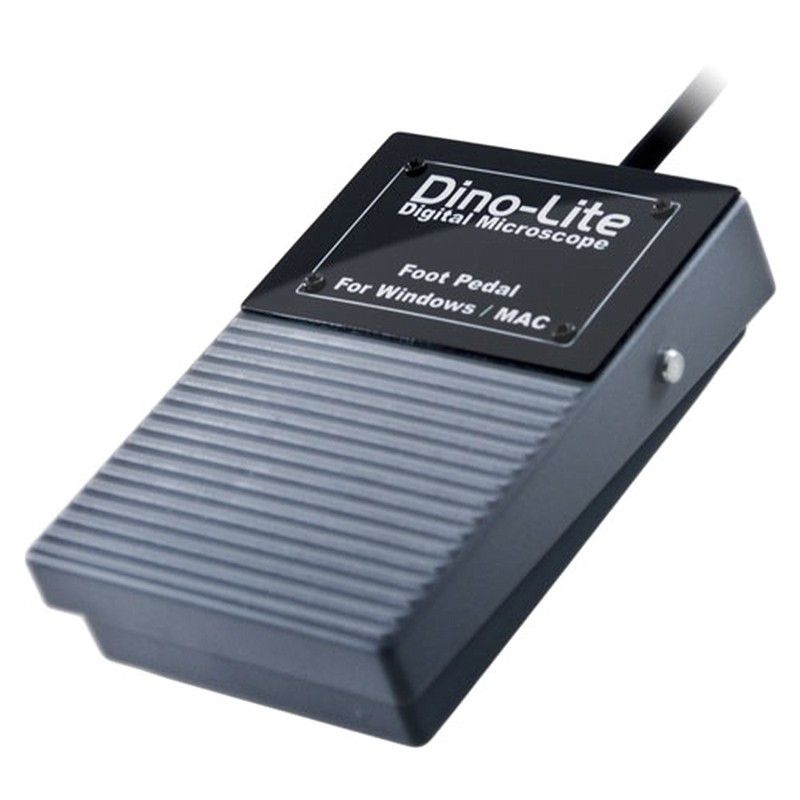
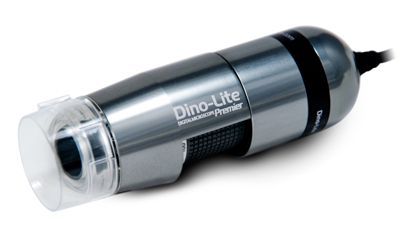 The Dino-Lite AD7013MZT has a 5 megapixel sensor for crystal clear images, even under higher magnification. The built-in polarizer reduces the shiny effect on reflecting materials, such as metals, plastics, jewelry, electronics etc.
The Dino-Lite AD7013MZT has a 5 megapixel sensor for crystal clear images, even under higher magnification. The built-in polarizer reduces the shiny effect on reflecting materials, such as metals, plastics, jewelry, electronics etc.